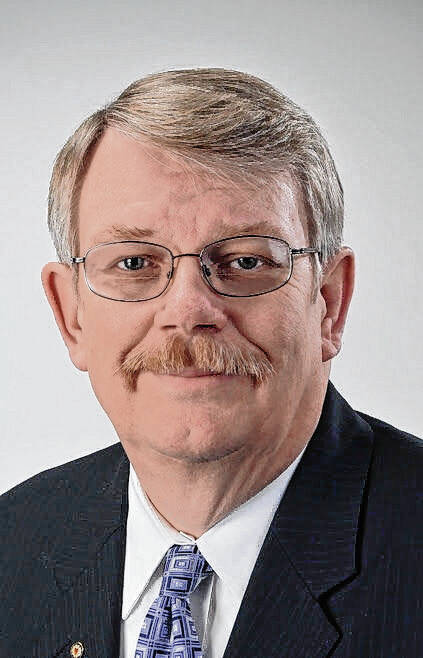
Mark Franke
Most people probably think of the ideological spectrum as a straight line, running left to right or right to left depending on one’s perspective.
This places the extremes at the edges, furthest from each other. The middle holds the moderates, those who are considered the most reasonable and open-minded, if one identifies with them, or as the just plain mushy and unprincipled when one views them from either extreme.
That is the textbook illustration, one we all learned in school. But how accurate is it?
During my college years, I was attracted by libertarian philosophy. I didn’t consider that to be on the extreme end, but traditional conservatives did. And not without reason. There were certainly extremists among the libertarians, not quite anarchists but close to it. Antinomian, without law, is a word borrowed from the Greek, which suited them quite well.
One unoriginal insight I had back then was that the spectrum was not a straight line at all but a circle that didn’t quite meet at the ends. I thought this obvious after finding it difficult to distinguish the most ardent libertarians from the self-proclaimed radicals trying to emulate the SDSers active on major campuses. You couldn’t tell them apart in appearance. Everyone wanted to look like a hippie in those days. The absolute disdain for any type of authority was shared, as well. They certainly agreed on legalizing marijuana.
Why were the extremists so much alike in those days? Is it still the case today?
It was not until I came across a recently released book that I saw the piece I was missing in my mental jigsaw puzzle. Forcing ideology to conform to a straight or even a curved line is simplistic and not useful for understanding where we are today.
Instead, as Jim Belcher argues in his book “Cold Civil War,” we should think in terms of a quadrant presentation. Many of us suffered through this kind of graph in our college classes, whether in the business school or the psychology department or wherever. They might have been called by different names, but most would recognize them as four quadrant graphs, a square with a horizontal divider and a vertical one.
These graphs are only useful when you have two continuums, not just a single one like we traditionally use for political ideology. So if we keep a traditional conservative-liberal spectrum for one axis, what is the other? Belcher has a simple but elegant answer: Freedom-order.
How does this apply to both sides of the scale?
There are conservatives, and I number myself among them, who value liberty above all. They, we, tend to favor personal charity to government programs, private enterprise to statist capitalism and free choice over mandated behavior. Other conservatives, as exemplified by the common good thinkers, harken back to classical and medieval philosophers to place priority on a well-ordered society to provide justice and protect liberty.
The left leaves me confused. I’m not sure where the woke progressives line up. They might argue they are for freedom, but the freedoms they champion are those most offensive to conservatives. And they certainly do not propound freedom for those who hold opposing viewpoints.
Just Google a list of canceled speakers on college campuses and elsewhere. Freedom of speech or religion or assembly is not part of their Bill of Rights. And are you as tired as I of hearing the “threat to democracy” mantra whenever they don’t like an election result? Their definition of democracy is different from mine and from Noah Webster’s.
Belcher’s thesis is that we need to achieve what he calls a “New Vital Center,” a circle in the middle of the graph where the most moderate in each quadrant can meet to forge a workable consensus.
This presents two significant difficulties to my way of thinking. First, can we ratchet down the hyperbolic vocabulary which holds back intelligent discourse? Perhaps, but only if enough of us want to.
Second, and this one may be the more difficult, can we reconcile our most deeply held principles with the pragmatic need to find policy solutions? Not every belief we hold is a hill to die on. Some are, to be sure, but we need to apply Occam’s Razor to our catechism. Moral imperatives must be held, but how long does that list need to be? I am wrestling with my own list, so I certainly can’t offer advice to others … even should they ask.
I will leave this as an open question, one I would love dearly to discuss with others of whatever ideology but equally concerned with our uncivil society. We had such a discussion last week at an extended family dinner. No one left mad. There is yet hope.
Mark Franke, an adjunct scholar of the Indiana Policy Review and its book reviewer, is formerly an associate vice chancellor at Indiana University-Purdue University Fort Wayne. Send comments to [email protected].
